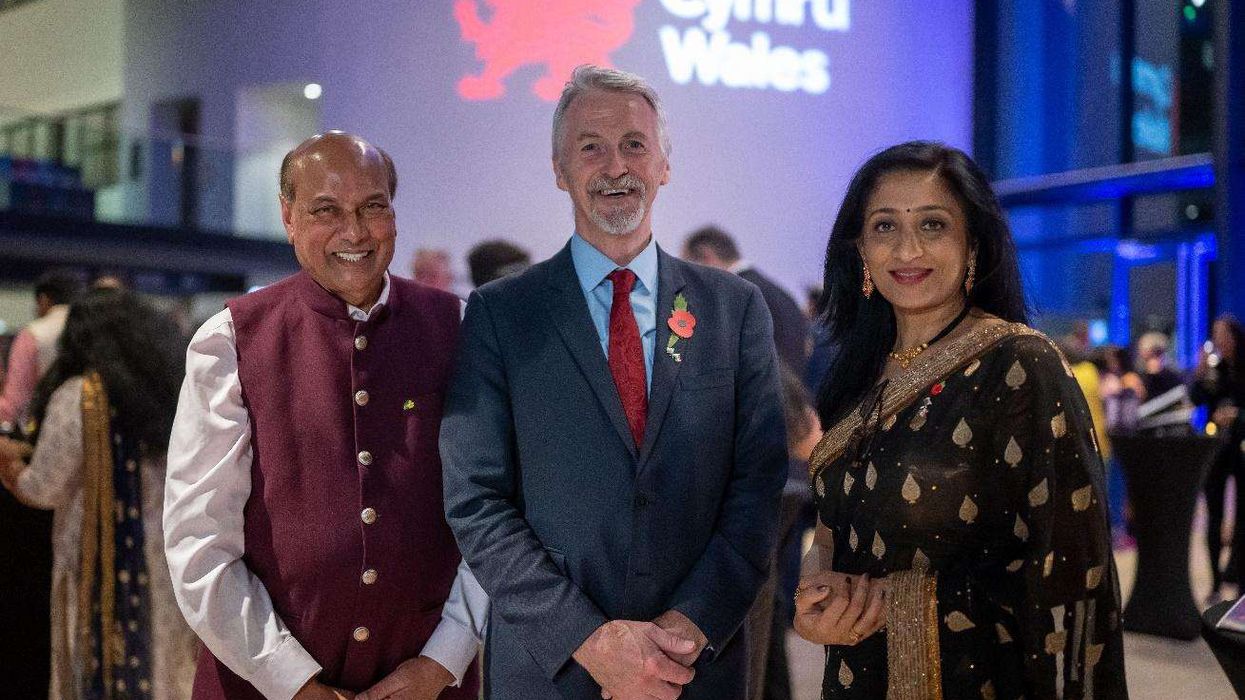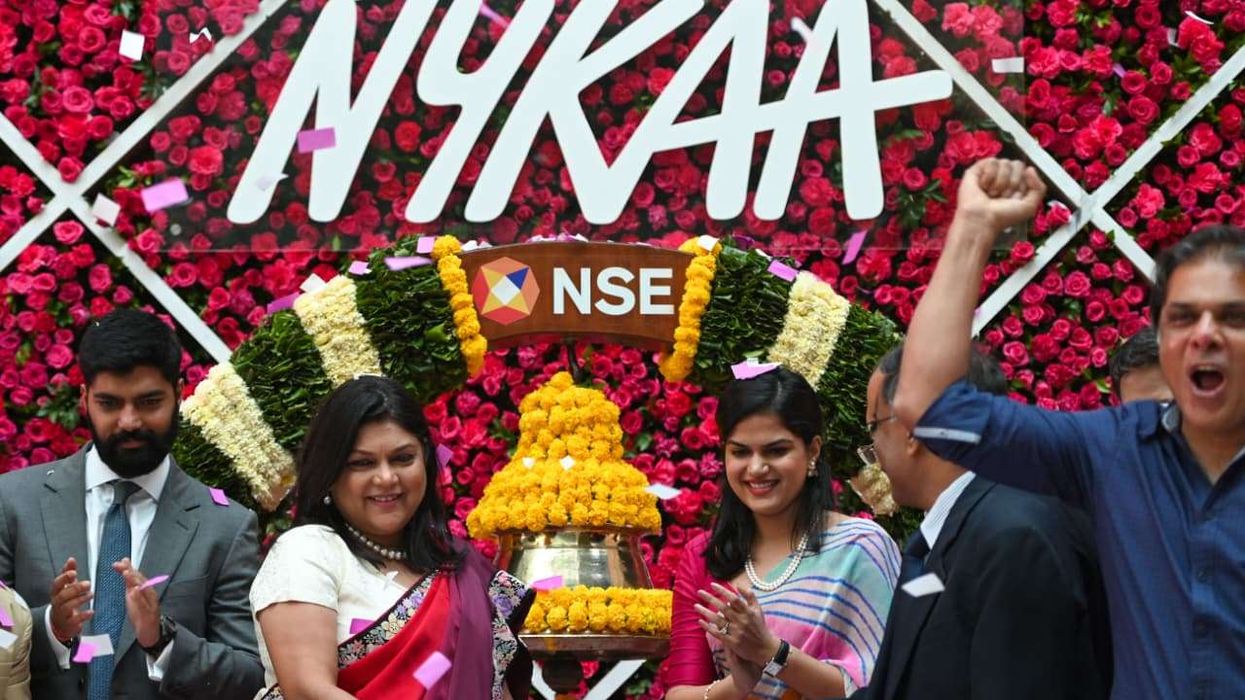Germany advanced to the Euro 2024 knockout stage with a 2-0 victory over Hungary on Wednesday, becoming the first team to secure a spot in the next round.
In other key matches, Albania snatched a dramatic 2-2 draw against Croatia in Group B, and Scotland kept their hopes alive with a 1-1 draw against Switzerland in Group A.
In Stuttgart, Germany's Ilkay Gundogan played a pivotal role in their win over Hungary. Gundogan set up Jamal Musiala for the first goal in the 22nd minute after some poor defending by Hungary.
Musiala, playing in his hometown, hammered the ball into the net via a defender.
Hungary had a goal disallowed for offside in first-half stoppage time and missed several opportunities before Gundogan scored in the 67th minute, sealing the win for Germany.
"You can feel the euphoria of the people," said Germany's goalkeeper Manuel Neuer. "The atmosphere is good and happy it is taking place here."
Hungary's manager Marco Rossi acknowledged the costly mistakes made by his team.
"Teams like Germany and other world-class teams play better than us, we know that," Rossi said. "Germany is possibly the biggest favorite to win the Euro."
In Hamburg, Albania and Croatia played out a thrilling 2-2 draw. Albania's Klaus Gjasula scored a dramatic equaliser in added time after having earlier netted an own goal that put Croatia ahead.
Qazim Laci had given Albania an early lead with an 11th-minute header.
Croatia responded with two quick goals in the 74th minute, including Gjasula's own goal.
"This is why everyone loves football," said Croatia's Andrej Kramaric. "In the last seconds, sometimes you score a goal to win, sometimes you concede."
Albania's coach expressed optimism ahead of their final group game against Spain.
"We know that the game with Spain is very difficult but in football everything is possible," said Gjasula.
Croatia will need a win against Italy to advance. "The first half was very bad but the second much better," said Croatia coach Zlatko Dalic.
"We are still in the game, we shall prepare and do all in our power to go on."
In their Group A match, Scotland held Switzerland to a 1-1 draw, keeping their hopes of reaching the knockout stages alive.
Scott McTominay scored early for Scotland, while Switzerland's Xherdan Shaqiri equalized with a stunning strike.
Both teams had chances to win, but the game ended level.
"It was a good team performance against good opponents and a good reaction," said Scotland manager Steve Clarke.
Swiss coach Murat Yakin praised his team's efforts but noted missed opportunities.
"We could have won the game, we missed some really big opportunities," Yakin said.
Switzerland will look to secure their knockout stage spot in their final group match.
(Reuters)
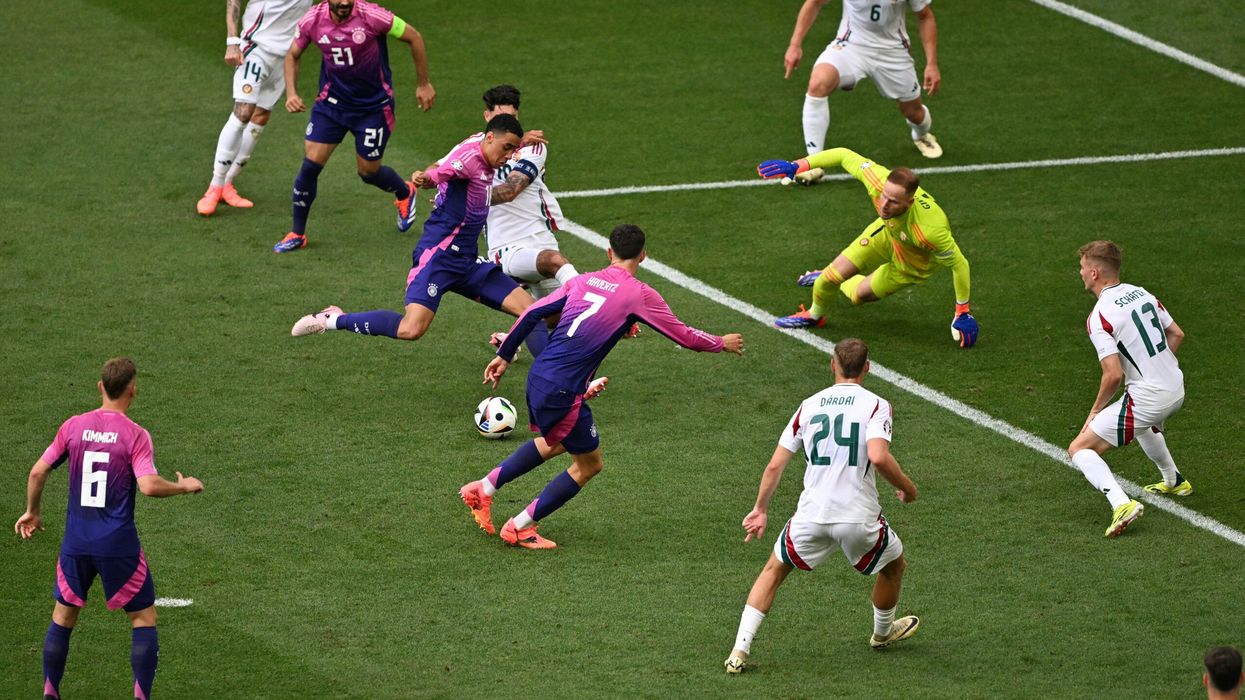

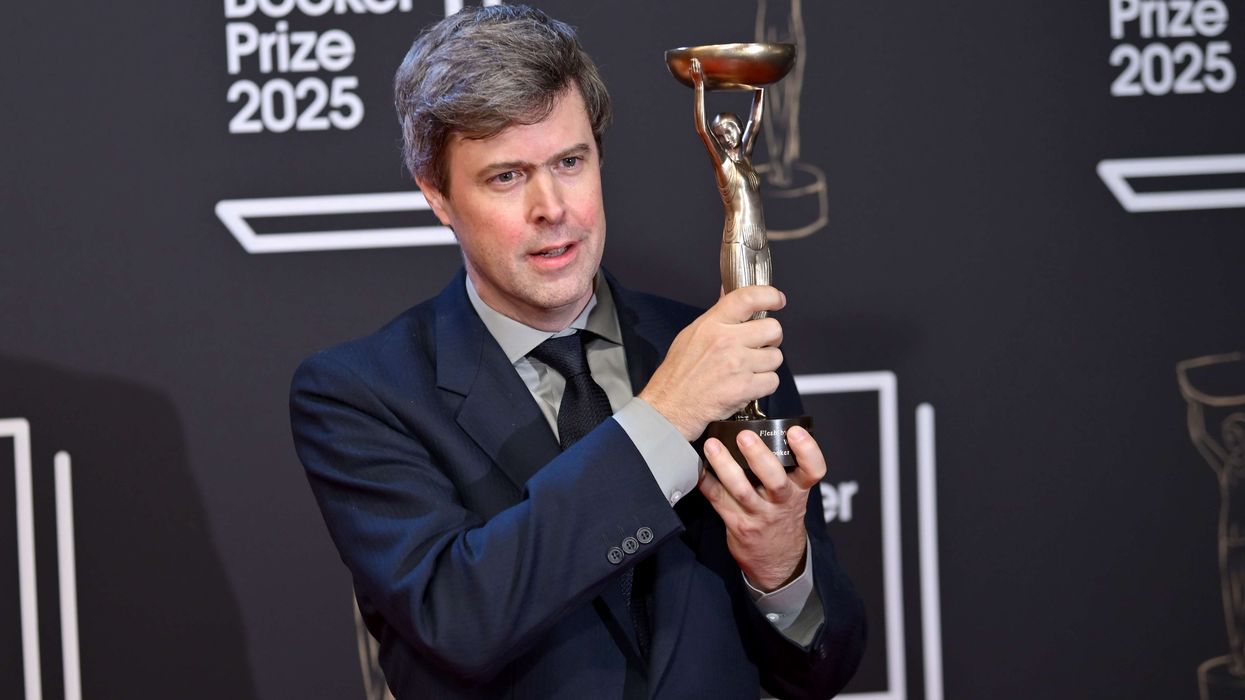

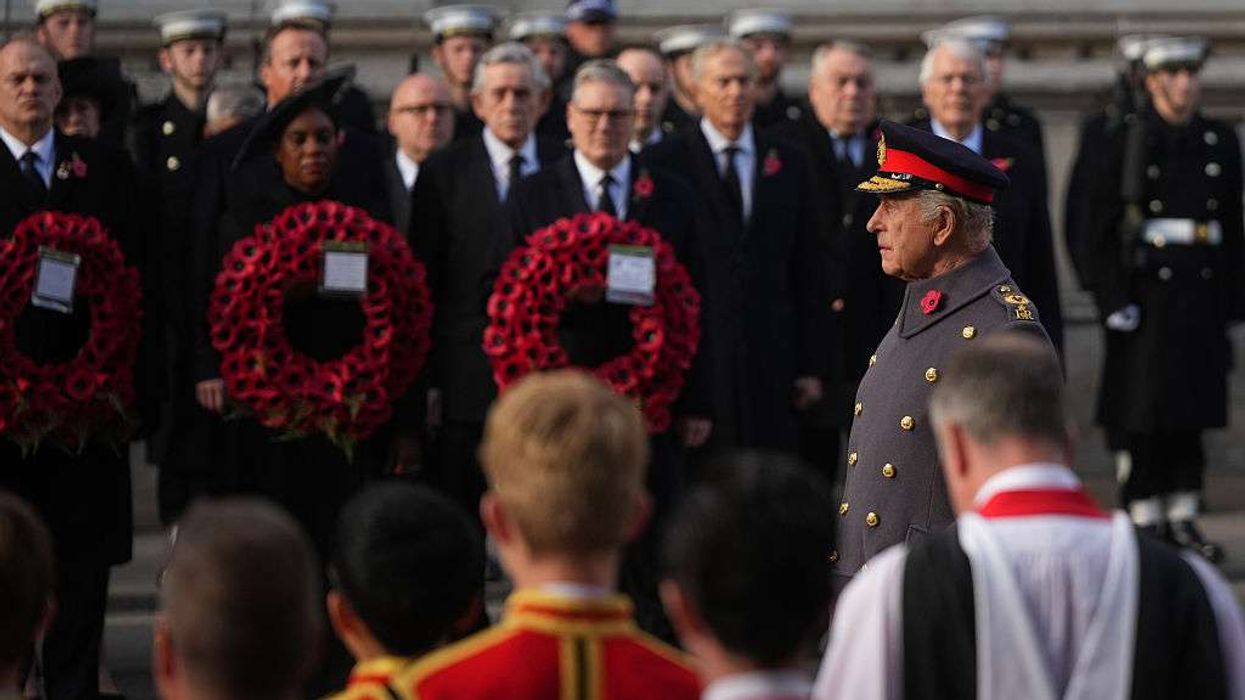
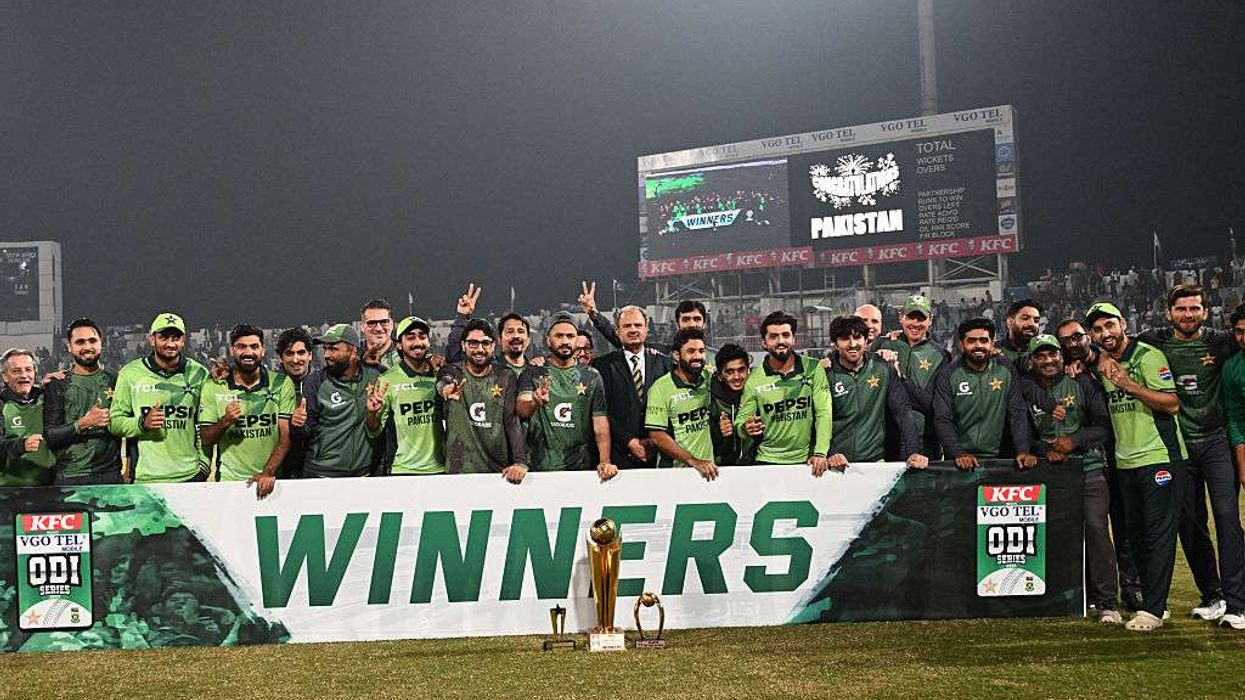
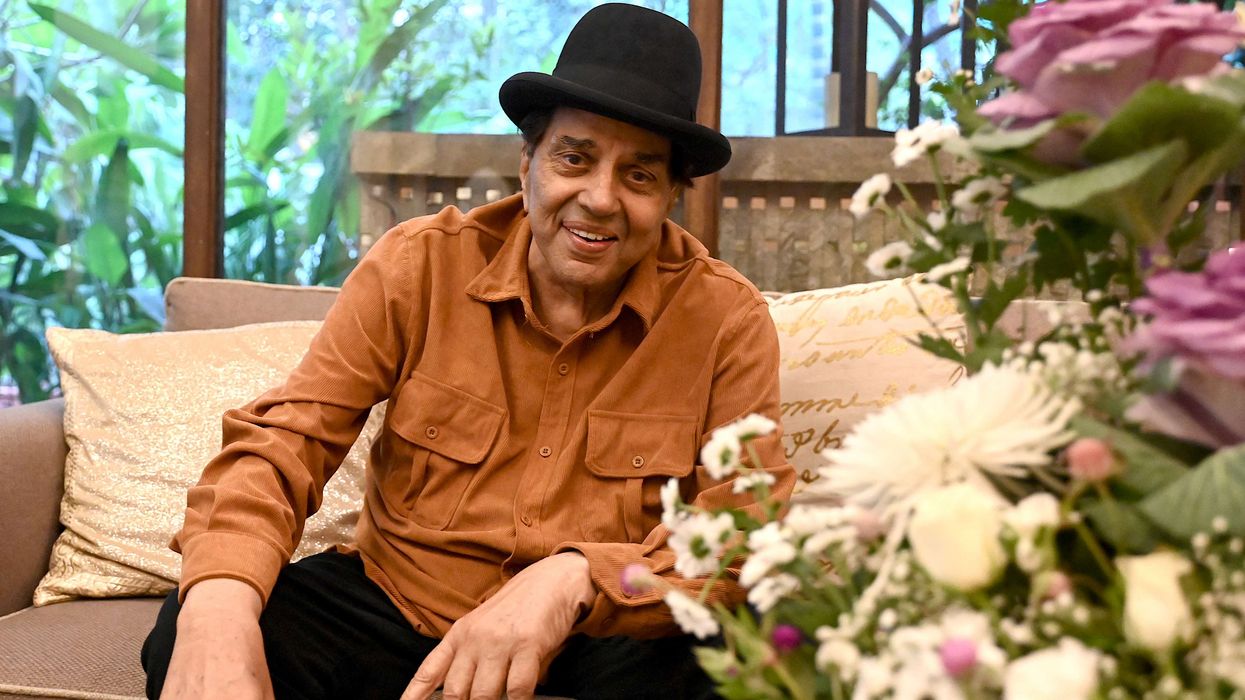
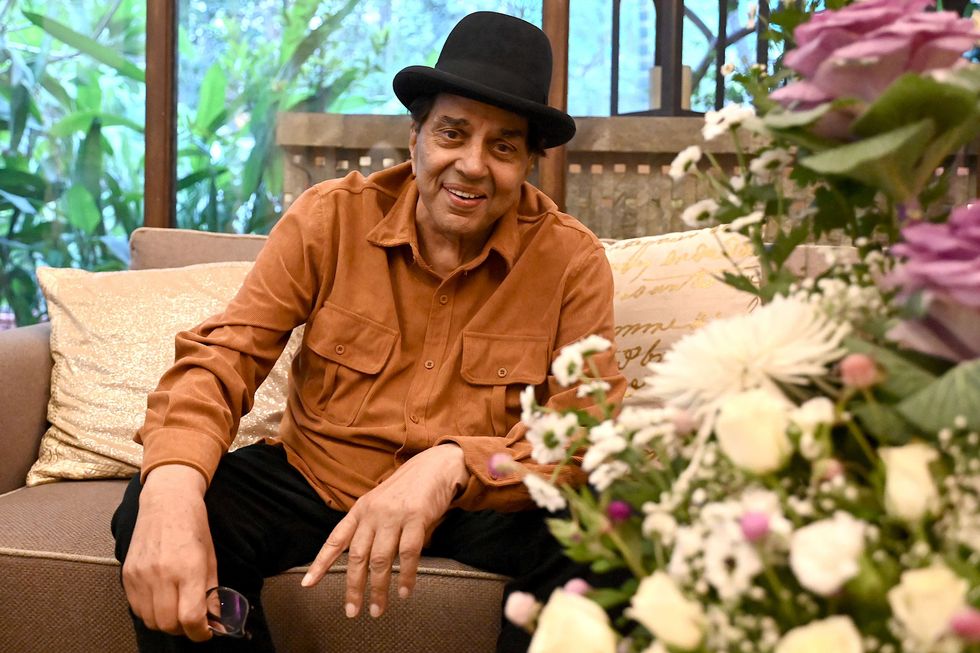 Dharmendra discharged from hospital, family says veteran actor is recovering well under care at home Getty Images
Dharmendra discharged from hospital, family says veteran actor is recovering well under care at home Getty Images 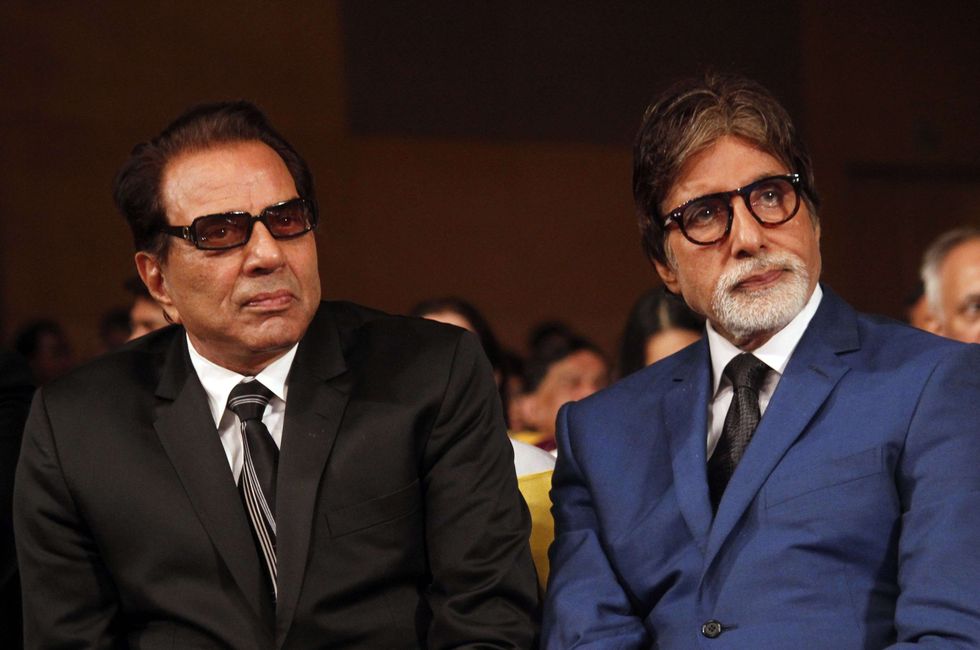 Amitabh Bachchan visits his Sholay co-star following the actor’s recovery from hospitalGetty Images
Amitabh Bachchan visits his Sholay co-star following the actor’s recovery from hospitalGetty Images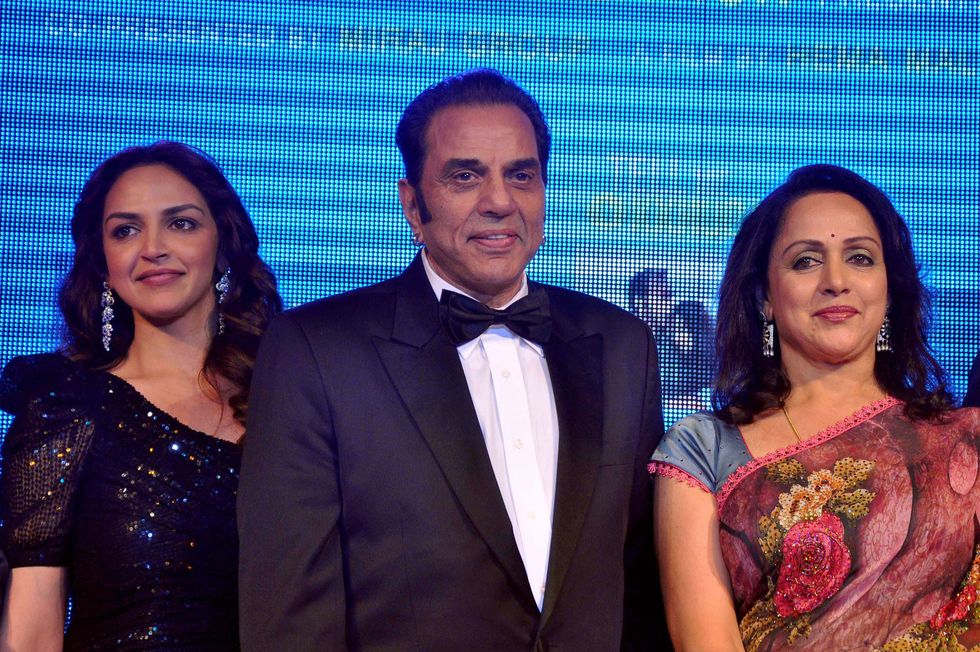 Hema Malini and Esha Deol thank well-wishers for their constant supportGetty Images
Hema Malini and Esha Deol thank well-wishers for their constant supportGetty Images



